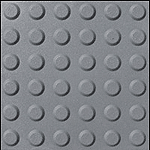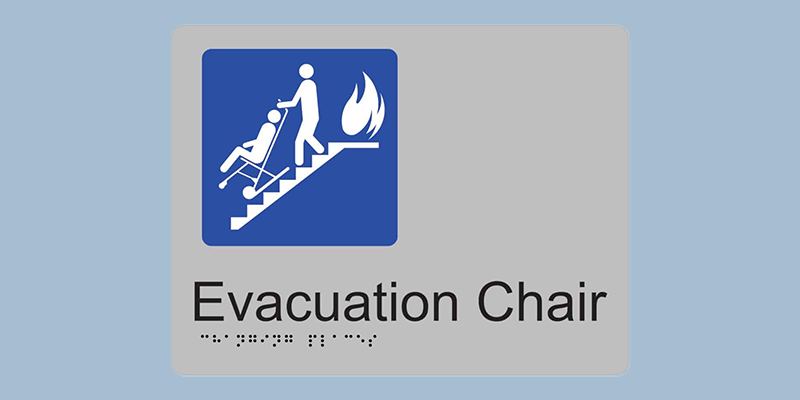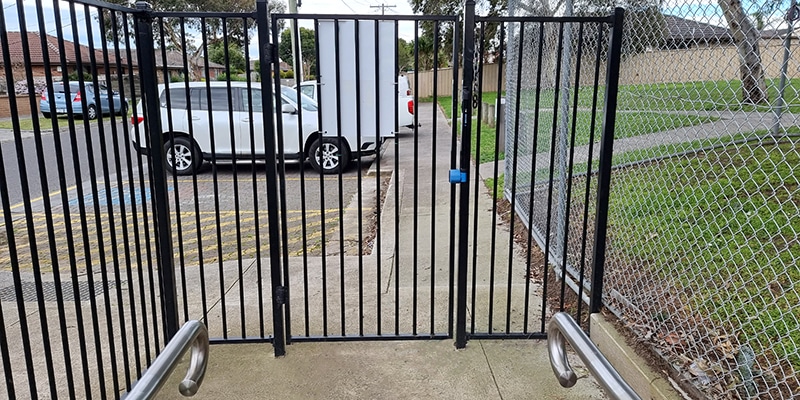For Quotations Please Click Here
Luminance contrast is defined in Australian Standard 1428.1-2009 as ‘the light reflected from one surface or component, compared to the light reflected from another surface or component’. It is not the difference in the colour or the colour contrast, but the difference in the light reflective properties of each colour.
Luminance Contrast Testing is carried out to determine the sensation experienced or cause by reflected light of a surface. It’s important to note the type of finish and surface itself influences this sensation.
In Australia there are approximately 300,000 people who are either blind or vision impaired and this number is rapidly increasing with one person being diagnosed with a vision impairment that cannot be corrected by wearing glasses or contact lenses every 65 minutes. It has been estimated that by 2021 this number will increase to over 420,000 Australians.
Vision Australia defines vision impairment as simply meaning that a person has some degree of sight loss. Some forms of impairment may be treatable through corrective lenses however many eye conditions remain untreatable.
In Australia there are approximately 300,000 people who are either blind or vision impaired and this number is rapidly increasing with one person being diagnosed with a vision impairment that cannot be corrected by wearing glasses or contact lenses every 65 minutes. It has been estimated that by 2021 this number will increase to over 420,000 Australians.
Vision Australia defines vision impairment as simply meaning that a person has some degree of sight loss. Some forms of impairment may be treatable through corrective lenses however many eye conditions remain untreatable.
It is therefore important to ensure that a built environment is designed to assist and support those members of the community who have a degree of vision impairment. The Building Code of Australia (BCA), forming Volumes 1 and 2 of the National Construction Code require minimum ‘deemed to satisfy’ requirements for levels of luminance contrast to be provided to some building elements in an accessible path of travel, including tactile ground surface indicators (or TGSIs), stairway nosings, Braille signage, lift control buttons, glazing and doorways as well as accessible toilet seats. It is however important to remember that the BCA specifies a minimum requirement only and may omit other important finishes and surfaces outside those detailed in the BCA.
Luminance contrast is defined in Australian Standard 1428.1-2009 as ‘the light reflected from one surface or component, compared to the light reflected from another surface or component’. It is not simply the difference in the colour contrast but the difference in the light reflective properties of each colour.
Good selection of internal finishes with appropriate luminance contrast will assist people with low vision navigate through the built environment and help to identify features such as doorways and information signage – as well as hazardous areas such as stairway, ramps and areas with a danger of vehicle impact.
Luminance contrast between building elements is the difference in the amount of light reflected (or luminance reflectance) from a darker building element compared to the amount of light reflected from a second lighter building element.
DOORWAYS, DOORS AND CIRCULATION SPACE AT DOORWAYS
All doorways shall have a minimum luminance contrast of 30% provided between—
(a) door leaf and door jamb;
(b) door leaf and adjacent wall;
(c) architrave and wall;
(d) door leaf and architrave; or
(e) door jamb and adjacent wall.
The minimum width of the area of luminance contrast shall be 50 mm.
VISUAL INDICATORS ON GLAZING
Any contrasting line on the glazing shall provide a minimum of 30% luminance contrast when viewed against the floor surface or surfaces within 2 m of the glazing on the opposite side.
STAIR NOSINGS
At the nosing, each tread shall have a strip not less than 50 mm and not more than 75 mm deep across the full width of the path of travel. The strip may be set back a maximum of 15 mm from the front of the nosing. The strip shall have a minimum luminance contrast of 30% to the background. Where the luminous contrasting strip is affixed to the surface of the tread
TOILET SEAT
Shall have a minimum luminance contrast of 30% with the background (e.g., pan, wall or floor against which it is viewed).
Integrated TGSIs (Integrated TGSIs)
A series of TGSIs in a defined pattern of the same colour and material as the underlying surface.
Where the integrated TGSIs are of the same colour as the underlying surface – not less than 30% across its entire area.
Discrete Tactile Ground Surface Indicators (Discrete TGSIs)
Tactile ground surface indicators that are individually installed.
Where discrete TGSIs – not less than 45%.
Composite Tactile Ground Surface Indicators (Composite TGSIs)
Where discrete TGSIs are constructed using two colours or materials, the raised surface shall have a section that has 60% luminance contrast for a diameter of 24 mm to 25 mm

Requires 30% contast
Discrete TGSI
Requires 45% contrast
Composite TGSI
Requires 60% contrast
There are essentially two ways to measure the luminance contrast, in a laboratory or on-site, but both require the use of an expensive tristimulus colorimeter or spectrophotometer. The equipment will measure the ‘Luminance Reflective Value’ of each surface. Fortunately most reputable manufacturers of paint will provide this information to designers and is often available on colour charts as an ‘LRV” value.
Luminos Consulting has developed two online Luminance Contrast Calculators to assist designers and certifiers check if two colours will achieve a minimum luminance contrast, which takes the hard work out of calculating the value yourself (and without having to decipher the calculations such as the Bowman-Sapolinski equation C = 125 (Y2 − Y1)/(Y1 + Y2 + 25)). It simply requires the user to enter the two values to determine the luminance contrast of the two colours.

We are often asked to assess signage against the requirements of the Disability Access to Premise...
read more
For public transport operators, accessibility and ease of use are essential to design considerations across...
read more
If you’re a parent of young children in a kinder, preschool or childcare centre or visit a maternal child health centre (MCHC), you’ll...
read moreKeep up with Disability Access Legislation using our free e-newsletter. Save yourself the headache of complaints and expensive last-minute upgrades. Sign up here!